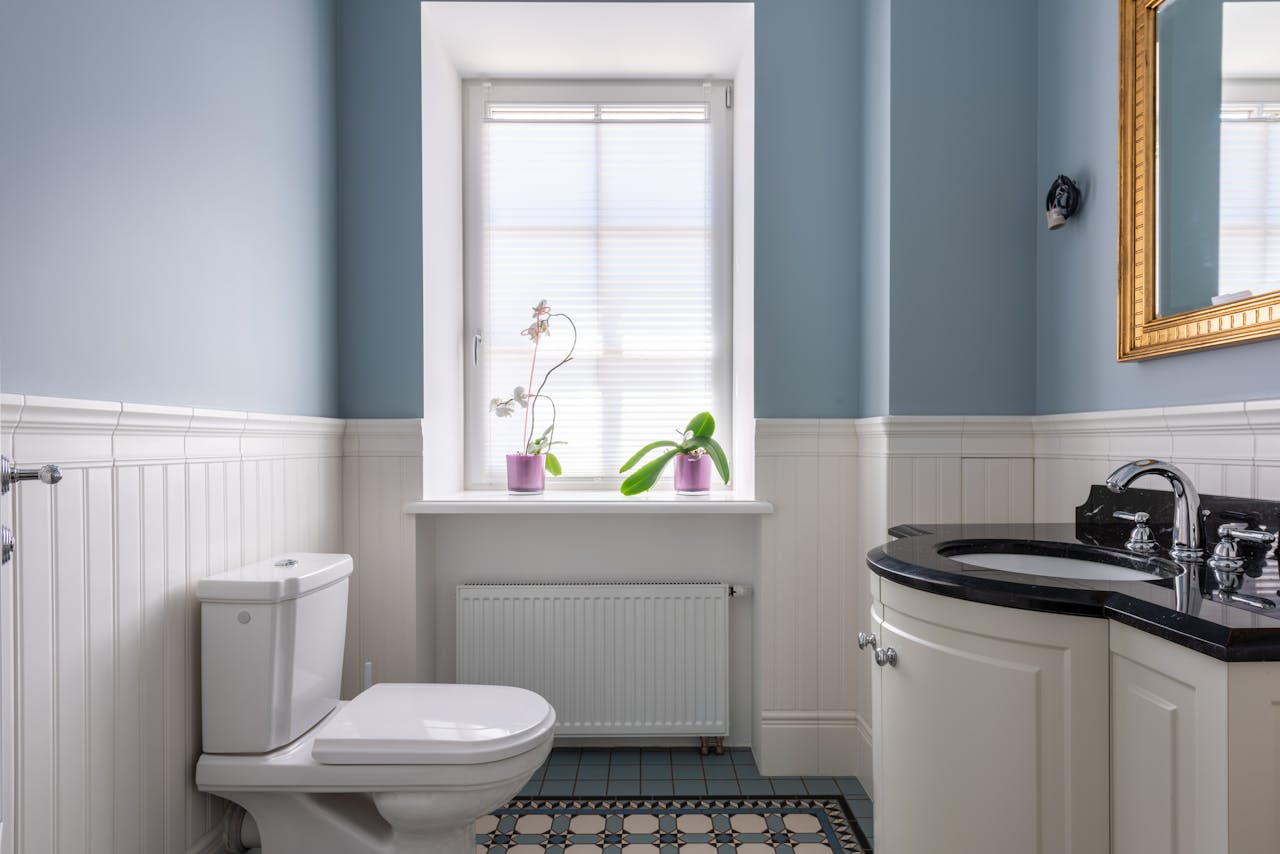
Key Takeaways
- Hidden plumbing costs when planning a luxury bathroom remodeling in the US Key Takeaways: Those initial estimates often do not include costs such as replacing old piping, addressing potential water damage, or upgrading to meet current codes.
- You’ll see additional labor and material costs if you’re moving fixtures or installing high-end systems. On top of that, any layout changes will mean rerouting water lines and adjusting existing plumbing to accommodate your new, custom features.
- Compliance with building codes and permit requirements can result in additional direct costs as well as time delays. Plan on paying inspection fees and make sure all plumbing work is up to code to prevent expensive penalties in the future!
- Early and thorough plumbing inspections can help uncover issues behind walls or under floors before construction begins, reducing the risk of expensive mid-project surprises.
- Budget a contingency plan! We recommend budgeting at least 10-20% of your overall bathroom remodel budget to address hidden plumbing issues or potential emergency plumbing repairs.
- Hire licensed and insured plumbers with transparent contracts and clear policies on hidden costs, and always get multiple detailed estimates to accurately anticipate the full scope of your investment.
Hidden plumbing costs in a luxury bathroom remodel often come from old pipe replacements, moving water lines, drain upgrades, and permits in the San Francisco Bay Area. Water pressure checks and other code upgrades can increase costs as well, particularly in older homes with original plumbing.
Luxurious fixtures require specific valves or additional piping that likely won’t align with what’s currently in the walls. At times, water damage or mold is revealed post-demolition, leading to additional labor and increased costs.
For example, labor rates in San Francisco are more than 60% higher than the national average. This means that labor takes up a good part of the budget.
To budget properly, look for these hidden bathroom plumbing costs with your plumber before you begin the remodel. Our detailed main post will reveal much more about each of these hidden costs.
What Are Hidden Plumbing Costs?
High-end bath remodeling works in San Francisco usually include elaborate plumbing requirements. There are a lot of expenses related to plumbing that are not apparent upfront. These hidden plumbing costs can raise your budget considerably if you aren’t prepared for them.
Similarly, older homes in the Bay Area, for example, could have corroded pipes or outdated systems that require repair. This can introduce both time and labor costs you weren’t expecting.
Beyond The Initial Quote
Unfortunately, most remodeling quotes don’t come close to covering everything that’s included. Or they may fail to include the total amount of plumbing work. Additional costs may arise if your plumber discovers water damage or corroded pipes behind the walls.
For example, if you need a new shower, think about going with a low-flow fixture. These can range from $200 to $15,000, and you will often need to upsize a water heater in order to accommodate the higher-end features.
These costs might entail increased labor rates, which in San Francisco usually average between $45 and $200 an hour. Materials can be a higher expense as well, based on what you choose for your new area.
Why They Often Surprise Homeowners
Additionally, plumbing problems may remain concealed until walls and floors have been opened up. That’s the reason so many homeowners are surprised.
Legacy plumbing systems, which are prevalent in historic San Francisco residences, may need to be completely replaced. Familiarity with the renovation process can lead to underestimating what it takes to get the job done right.
Our View: Expect The Unexpected
A savvy hidden plumbing costs budget knows to account for the unexpected. Our advice—build in a 30% contingency!
This allows you to afford to make repairs, such as replacing an old toilet, often $100-$375 or greater, or address issues like surprise leaks. Addressing the unexpected ahead of time reduces stress, panic, and the risk of derailing your project.
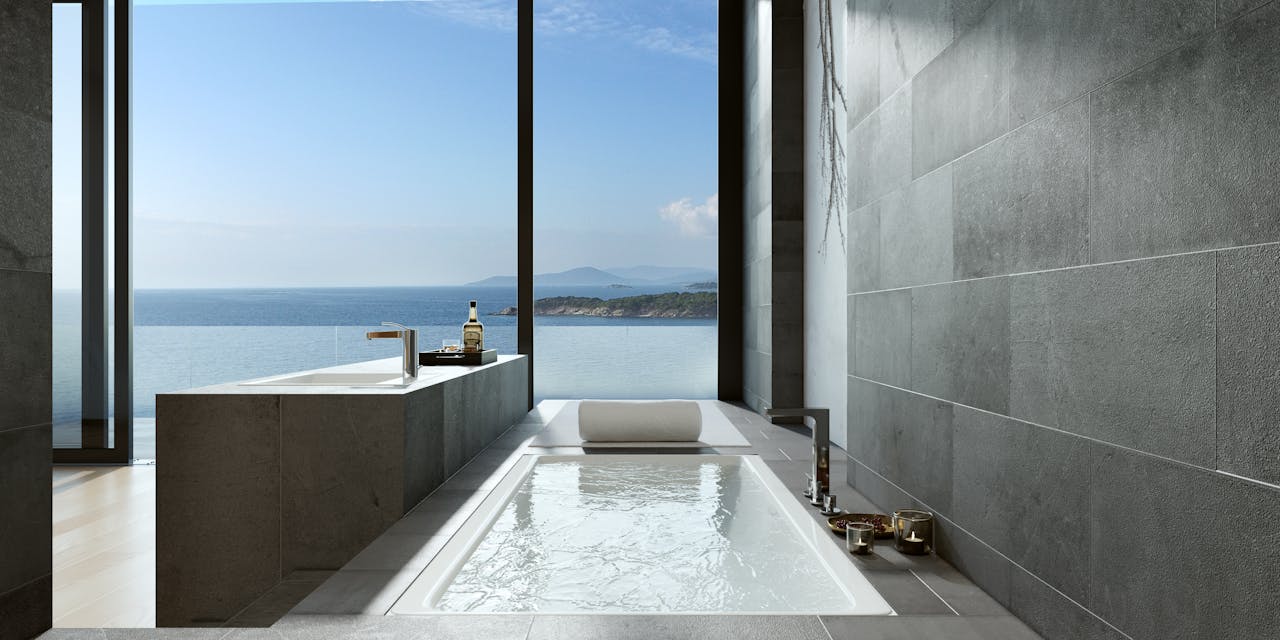
Unveiling Sneaky Plumbing Expenses
For cities such as San Francisco, where luxury remodels of all bathrooms—including half-bath conversions—are common, these sudden sewer connection fees can be surprising. These sneaky expenses can sink the best-laid budgets! Some of these expenses lurk behind walls or under decades’ worth of tiles, easily dismissible during initial planning.
That’s a lot of money spent on plumbing work that finishes up accounting for over a percent of the common bathroom remodel budget! Add in the risks of hidden issues endemic in many older Bay Area homes, and these costs can add up fast. Yet they frequently exceed original projections.
Below, find our list of sneaky plumbing expenses, ranked from most likely to affect your remodel to highest potential impact. In addition, you’ll find a useful checklist for identifying and budgeting for these expenses before the first hammer drops.
1. Old Pipes, New Problems
If your home in San Francisco was built before the 1980s, there’s a good chance you’re relying on plumbing that’s well beyond its expected lifespan. Decades-old plumbing is known to hide rust deposits, mineral buildup, and worn-out joints. Often, they hide their real condition until walls and floors are ripped out.
Cast iron drain lines or galvanized supply pipes can look perfectly fine on the outside. They sure can shatter or leak if you poke them! To avoid this, hire a licensed plumber to check all visible and accessible plumbing before you begin work. This allows them to identify corroded pipes, leaky joints or sections that no longer meet code.
If old pipes are found, replacement costs can range from $2,000 for a single bathroom to $15,000 for extensive replacements, especially if the plumbing is buried in hard-to-reach spots. Additionally, budget for the expense of repairing water damage caused by past leaks, which only becomes apparent after demoing surfaces. Fixing this water damage can start at $1,000 for small repairs. When it comes to structural repairs, such as repairing rotted joists or subfloors, the costs can go over $10,000.
Checklist:
- Visual inspection of all pipes and joints
- Water pressure and flow tests
- Budget for pipe replacements
- Plan for water damage repairs
2. Shifting Your Bathroom Layout
On high-end remodels, this usually involves relocating sinks, tubs, and/or showers to different locations on the floor plan. Each alteration can set off a cascade of requirements to re-route water supply lines and drains. This process is not so cut-and-dry in older city homes.
Even moving a toilet a short distance of just a few feet could run you several hundred dollars. If you’re looking to totally redesign the layout or move fixtures to a different wall, costs can soar towards $20,000 — particularly if it means needing new trenches cut or floors reinforced.
Other extra labor comes in for breaking up concrete, drilling through existing house framing, or creating new support for moved pipes. Reconnecting it all back to the city’s main lines or vent stacks takes some finesse. This procedure may additionally expose even more concealed concerns.
Checklist:
- Map out new fixture locations
- Estimate costs for moving pipes
- Plan for extra labor on older structures
- Check if layout changes need structural work
3. Fancy Fixtures, Extra Work
High-end fixtures—including spa tubs, rainfall showers, or smart toilets, for example—bring a touch of luxury. Along with their aesthetic appeal, they have specific, sometimes complex installation challenges. Some need their supply lines, more water pressure, or custom drains.
As an illustration, a steam shower likely requires not only new plumbing lines but also special venting. Sophisticated fixtures usually need a level of expertise that exceeds your average plumber. In these instances, you’d require additional labor or possibly even sub-specialists.
This translates to higher hourly rates or even additional callout fees. Specialized tools or adapters might be needed, too, increasing material costs.
Checklist:
- Review specs for all fixtures
- Confirm compatibility with the current plumbing
- Budget for specialized labor or tools
- Plan for new supply or drain lines
4. Code Compliance Roadblocks
San Francisco’s building codes are rigorous, and nowhere is that more apparent than in the plumbing. Often, renovation projects are required to bring all plumbing up to current code. This can include replacing standard pipes with code-compliant materials, installing backflow preventers, or installing new shutoff valves.
If your bathroom hasn’t been renovated in a generation or two, be prepared to replace much of the system. Upgrades needed to pass inspection can add $2,000 to $10,000 or more, depending on the age and condition of existing plumbing. Time and cost should be included for a re-inspection or additional work, since delays are incurred if work does not pass inspection.
Checklist:
- Research city plumbing codes
- List required upgrades
- Allow time for inspections
- Budget for code-mandated changes
5. Uncovering Water Damage
In older homes, water damage can be a hidden menace lurking behind walls and under floors. Leaks from old pipes or fixtures in a commercial space can be hidden and not discovered until the demo occurs. Once you identify the culprit, you can address it appropriately.
Repair costs can run from simple drywall patching to full subfloor replacement—more if mold or rot have taken hold. Mold remediation without repairs can run into the thousands. If there’s water damage you’ll have to replace any warped or waterlogged flooring, wall studs or tile backer boards.
The expenses can escalate rapidly if the damage is structural or if it has been allowed to fester for years.
Checklist:
- Inspect for signs of water stains or mold
- Plan for mold remediation costs
- Budget for replacing damaged materials
- Schedule extra time for repairs
6. Permit Fees And Delays
Unfortunately, every plumbing change requires a permit in the city of San Francisco. Permit fees differ widely, but plan on hundreds of dollars just to remodel one bathroom. Unless indicated otherwise, assume remodels that are more complicated will be more expensive.
The state permitting process can slow work when paperwork is incomplete, or plans require revisions or amendments. Not getting the proper permits can result in expensive fines or having to redo work.
It’s far preferable to account for these expenses and delays in the renovation project from the outset.
Checklist:
- Add permit fees to the budget
- Allow for permit processing time
- Double-check city requirements
- Keep copies of all approvals
7. Labor For Unforeseen Issues
Some plumbing issues do become problematic even after a thorough inspection. Uncovered leaks, unusual piping routes, or unexpected ties into other infrastructure can delay progress and require emergency repair. Without notice, these problems can raise the cost of labor and extend the timeline for projects.
For more complicated remodels, getting established local plumbers who have seen it all is critical. Their knowledge allows them to identify and resolve problems faster, which means less chance of prolonged downtime.
Checklist:
- Set aside a contingency fund
- Hire experienced, licensed plumbers
- Allow extra time for unknowns
- Keep contact info for emergency repairs
8. Relocating Existing Water Lines
Running lines under new road alignments can incur additional expenses. Moving cold, hot, and waste lines usually requires cutting into additional walls or floors, as may be needed in multi-story homes. Material and labor costs can range from just a few hundred dollars to several thousand, depending on complexity and access.
Moving lines could involve temporary water shut-offs, so account for being without water for short periods.
Checklist:
- Identify all lines needing relocation
- Estimate labor and material needs
- Prepare for water shut-offs
- Schedule work for minimal disruption
9. Upgrading Undersized Pipes
Many older homes, for example, were plumbed with pipes that are now considered undersized for today’s fixtures and appliances. It might take upgrades to provide a robust flow and pressure of water if you’re at the same time installing multiple luxe features.
Replacing old or narrow pipes with wider modern alternatives can be a performance improvement, but it has added labor and material expenses. Expect to spend several thousand dollars on a full upgrade, but the result is more reliable water delivery and fewer future repairs.
Checklist:
- Measure current pipe sizes
- Check fixture requirements
- Budget for full or partial upgrades
- Test the water flow after upgrades
10. Ventilation System Adjustments
Proper plumbing requires proper ventilation. New fixtures or floor plans may require the installation of new vent stacks. Improved ventilation fans may be warranted, particularly to comply with code or avoid moisture issues.
Often, retrofitting vents involves tearing down walls, installing new ductwork, or in some instances, cutting through roofs. These modifications are not drastic, but when significant structural modifications are required, they can compound to hundreds of thousands in additional cost.
Checklist:
- Review vent needs for all fixtures
- Plan for fan or vent pipe installations
- Budget for potential structural changes
- Check for code compliance
Luxury Choices & Plumbing Impact
Luxury choices in a bathroom remodel are easily identifiable at first glance. These choices add substantial cost and labor impacts behind the scenes. Picking premium sinks or high-end designer toilets can push costs far over $5,000.
Smart toilets can run up to $3,000 – not counting installation costs! Specialty tubs or jacuzzis are not cheap either, averaging between $2,000 and $35,000. Frequently, they need new pipe runs, larger water heaters, or significant fixture relocations, easily sending plumbing costs above $10,000 for intricate jobs!
Installation costs for luxury pieces can increase labor costs by an additional $550-$1,500 or more depending when custom installation is at play. These expensive bills aren’t only for the object itself but, more importantly, for the skilled craftsmanship required to get everything set up just so.
High-Tech Toilet Installation Needs
Smart toilets are installed with features including heated seats and a bidet spray. When installing these, it’s not just plumbing work but sometimes significant electrical work as well, which can add up fast.
High-Tech Toilet Installation Plumbing Needs Installation costs may be high, typically between $500 and $2,750, depending on what needs to be changed.
Complex Shower System Demands
Luxury shower systems featuring multiple heads require dedicated plumbing lines and controls. That can translate into more new pipes and more time to install them, raising labor and materials cost.
Plumbing upgrades may be required to maintain sufficient water flow, further increasing the cost.
Custom Vanities And Sinks
Custom vanities may require the plumbing to be shifted or adjusted. Custom sinks can lead to additional labor and more specialty parts needed, particularly if the design is entirely original.
These types of changes usually have to be thoughtfully designed and meticulously crafted, driving the cost higher.
Water Pressure Adjustments
Even high-end fixtures which people are excited to install typically require high water pressure. That could involve everything from appointing additional regulators to going so far as to replace the main water line.
This can lead to additional expenses for both materials and specialty labor.
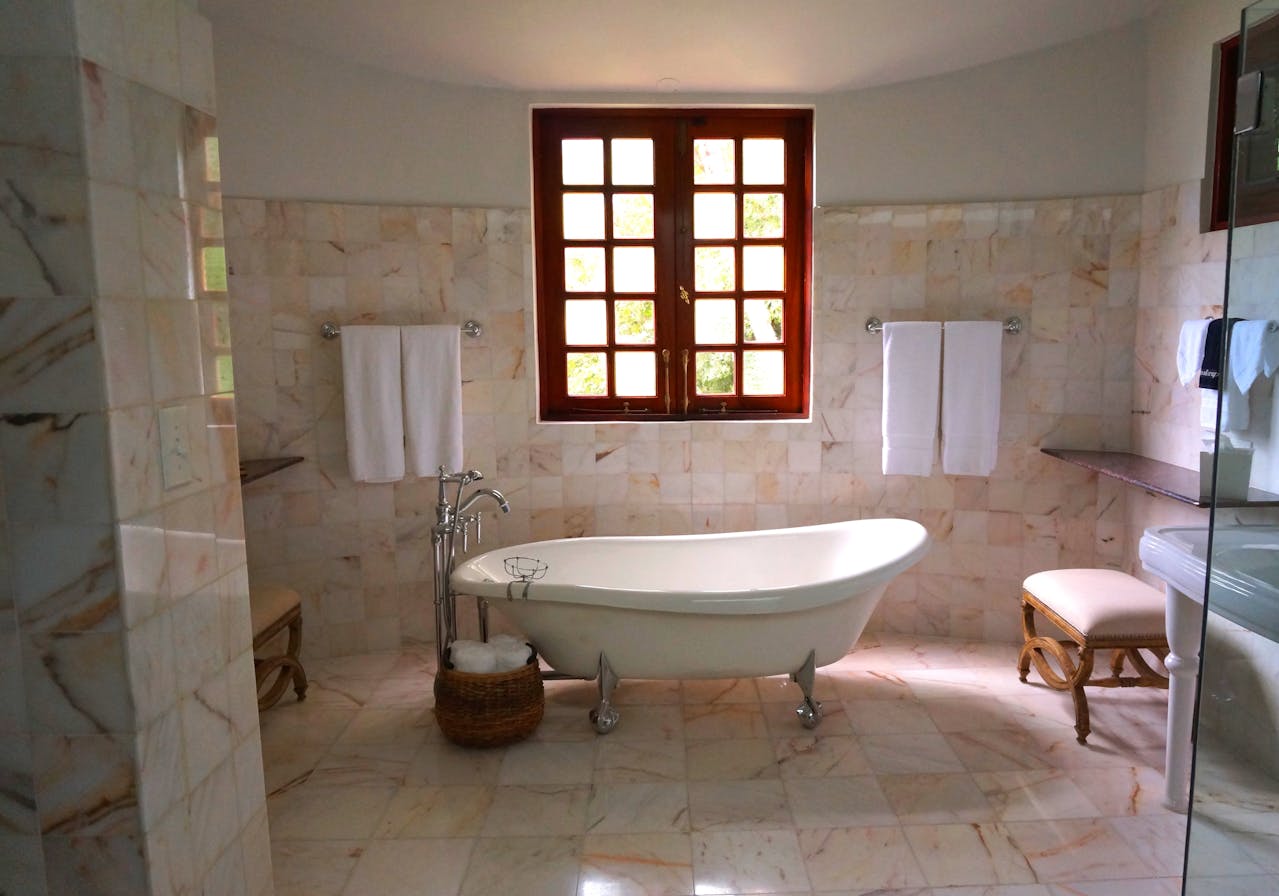
Smart Budgeting For The Unknown
High-end SF bathroom remodels have secret plumbing charges. These costs can surprise even the most experienced homeowners! Building a comprehensive budget means looking beyond visible upgrades and factoring in the less obvious, but often costly, plumbing surprises.
Regional factors—such as the age of Bay Area homes or stringent local building codes—can increase expected and unexpected costs. According to industry data, approximately 70% of bathroom remodels go over budget. This inspires the need to budget smartly and budget for the unknown!
Always Build A Contingency Fund
When you create your budget, plan to set 10-15% of your total budget as a contingency fund. This buffer is able to address anything from an emergency leak to old piping found in the middle of a project.
The more conservative planners will want to go with a 20-30% reserve, particularly in California’s older San Francisco homes where surprises lurk around every corner. With water damage repair ranging from $1,000 for minor issues to over $10,000 for major ones, flexibility in your budget keeps the project on track.
Get Multiple Detailed Estimates
Asking for multiple detailed estimates from registered plumbers helps you identify additional expenses right off the bat. A thorough estimate should include unforeseen issues like relocating pipes or replacing corroded lines.
Taking the time to compare these will prevent sticker shock and allow you to build a realistic financial plan. Relocating a toilet or a tub will easily cost an additional $2,000–5,000 per fixture. Having this knowledge from the start avoids costly budget overruns!
The Value Of Early Inspections
Negative impacts that would otherwise remain hidden, such as failing drains or concealed plumbing leaks, can be identified early on, before demolition work begins. Taking this step allows you to budget for the repairs you find, instead of searching for money in the middle of the project.
Addressing these concerns sooner is cheaper and prevents unnecessary delays.
Discuss “What Ifs” With Pros
Having those conversations with experienced pros will help you uncover those likely scenarios and the costs that come with them. Their valuable insights even prepare you for the more rare, yet possible plumbing problems.
This thoughtful process clarifies your budget, minimizes unexpected bumps in the road, and creates a better remodel experience overall.
Beyond Plumbing: Related Cost Areas
Beyond replacing pipes and upgrading fixtures, a luxury bathroom remodel in San Francisco has a lot of other hidden costs. Though plumbing tends to capture the lion’s share of attention, complementary work—which is easy to forget about—can push the overall cost skyward. Labor alone can make up as much as 65 percent of the project budget.
Even seemingly minor decisions, such as choosing stone finishes or custom cabinetry, can have a ripple effect on the ultimate costs. Getting a grasp on these related cost zones goes a long way toward making budgets stay doable and the sticker shock small.
Electrical Work For New Fixtures
When replacing plumbing fixtures, there’s often a plumbing–to–electrical connection. Electricians in the Bay Area usually cost between $50 and $75 an hour. For lighting, you should budget from $120 for simple fixtures to at least $4,000 for high-end designs.
Rewiring or adding circuits for new fixtures is the rule, particularly in older homes with antiquated systems. This is aesthetic work, sure, but it needs to be done to local code, so high-skilled labor is necessary.
Plumbing considerations, coordination with plumbers can take time, so factor in time and additional money for scheduling delays.
Structural Changes Impacting Pipes
Modifying a bathroom’s layout or increasing the footprint touches on a lot more than just plumbing infrastructure. Shifting walls, adding floor supports, or modifying joists can be additional labor and materials.
Cost for these alterations depends on the scenario, but in cases where pipes need to be rerouted or support structures upgraded, plan to spend anywhere from $2,000 to $15,000. Once the demolition work begins, you sometimes find the water damage that has been concealed behind walls.
This finding could require unforeseen repairs, mold remediation, or waterproofing.
Material Disposal Considerations
Removing existing plumbing, tile, and cabinetry creates a significant amount of waste. Local disposal fees add up quickly, particularly if you’re removing heavier materials, such as cast iron or natural stone.
Some contractors will include basic hauling, but recycling or special disposal can incur additional charges. By factoring in these fees and using green-friendly recycling processes, it will lessen the blow of unexpected bills at the end of the project.
Conclusion
Luxury bathroom renovation projects in the Bay Area can quickly add up on your wallet in ways you might not expect. From old pipes behind walls, to code rules, to the change of the water line to high-end fixtures—all of these things add up quickly. A great plumber will help you discover any weak areas in your plan and get you clued in before valuable work begins. San Francisco city regulations can lead to delays or increase expenses if they’re not followed properly. Even a straightforward tub swap may require new lines or venting work. To avoid sticker shock, ask your plumber for an itemized list. Additionally, ask around with friends or local contractors to get an idea of what they have largely paid. Looking to stay smart? Visit our blog to read more advice, helpful tales of success, and other news. Don’t get blindsided by hidden plumbing costs—budget for them in advance.
Frequently Asked Questions
1. What Are Common Hidden Plumbing Costs In Luxury Bathroom Remodels?
Common hidden plumbing costs in luxury bathroom remodels. Hidden costs include replacing old pipes, moving existing plumbing, upgrading water line,s and fixing water pressure issues. These can be very costly, particularly given the age of many San Francisco homes.
2. Why Do Luxury Fixtures Increase Plumbing Costs?
High-end fixtures may require bigger pipes, higher water pressure, or a unique installation. That’s additional labor and often new plumbing runs, which increases costs.
3. How Can San Francisco Building Codes Affect My Plumbing Budget?
Local building codes could dictate the need for additional permits, inspections, or upgrades to ensure compliance with earthquake safety standards. This often results in unanticipated expenses and having to bring old plumbing infrastructure up to code.
4. Should I Budget For Water Damage Repairs During Remodeling?
Yes. Opening up walls will allow you to see any leaks or water damage hiding within. Repairing these hidden plumbing costs is vital for a safe, successful remodel that stands the test of time and might add significantly to your budget.
5. Is It Necessary To Upgrade Old Pipes During A Remodel?
In most cases, the answer is a resounding yes. If you live in an older San Francisco home, your pipes may be worn out or corroded. Plus, the peace of mind that comes with replacing old plumbing is invaluable in avoiding future leaks and expensive water damage.
6. How Do I Find A Qualified Plumber For A Luxury Remodel?
How do I find a qualified plumber for a luxury remodel? Review screenshots and request references from completed luxe bathrooms.
7. What Other Related Costs Should I Expect Beyond Plumbing?
Plan to spend money on permits, inspections, waterproofing, and tile installation, as well as electrical work to accommodate new lighting and outlets. By planning for these you won’t be blindsided by budget surprises and your remodel will go more smoothly.
Your Dream Bathroom Starts With Mares & Dow Construction – Let’s Build A Beautiful Space Together
Thinking about a bathroom remodel in Concord, Walnut Creek, Pleasant Hill, or Lafayette? Whether you’re envisioning a luxurious spa-like retreat or a smart, space-saving update, choosing the right contractor is the most important step in turning your vision into reality.
With over 40 years of proven experience, the team at Mares & Dow Construction & Skylights is trusted throughout Contra Costa County for expert craftsmanship, transparent pricing, and outstanding customer service. We specialize in:
- Bathroom Remodeling – Upgrade your outdated bathroom into a stylish, functional, and energy-efficient space. From elegant tilework and modern fixtures to walk-in showers and custom vanities, we handle every detail with precision.
- Decks and Outdoor Living Spaces – Extend your home’s living space with beautifully designed decks, patios, and pergolas built to last.
- Foundation Repairs and Waterproofing – Protect your home from moisture and structural damage with our reliable repair and waterproofing services.
- Custom Skylight Installations – Brighten your bathroom naturally with premium skylight solutions installed by a certified VELUX 5-Star Skylight Specialist.
- General Contracting Services – From bathroom renovations to larger home improvement projects, we manage every aspect with the highest standards in the industry.
Proudly serving Alamo, Danville, Orinda, Martinez, San Ramon, and the surrounding areas, Mares & Dow Construction & Skylights is committed to delivering exceptional results. Whether you’re a homeowner upgrading your primary bathroom or an investor modernizing a property, we ensure your remodel is completed on time, within budget, and with superior quality.
Don’t trust your bathroom remodel to just anyone. Contact Mares & Dow Construction & Skylights today for a free, no-obligation consultation, and let’s turn your bathroom into a space you love.
Disclaimer
The materials available on this website are for informational and educational purposes only and are not intended to provide construction, legal, or professional advice. You should consult with a qualified general contractor or industry professional for advice concerning any specific construction project, remodeling plan, or structural concern. Do not act or refrain from acting based on any content included on this site without seeking appropriate professional guidance. The information presented on this website may not reflect the most current building codes, regulations, or industry best practices. No action should be taken in reliance on the information on this website. We disclaim all liability for actions taken or not taken based on any or all of the contents of this site to the fullest extent permitted by law.

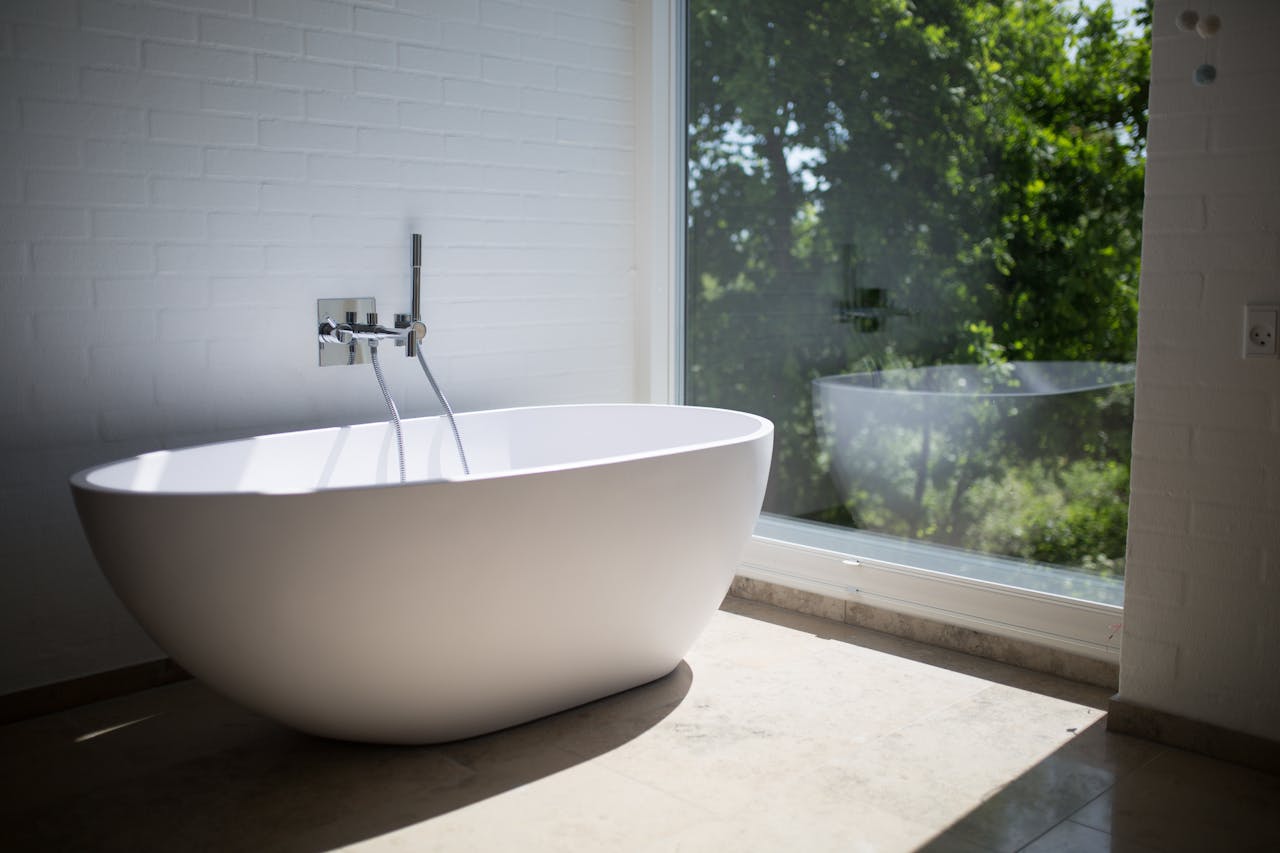
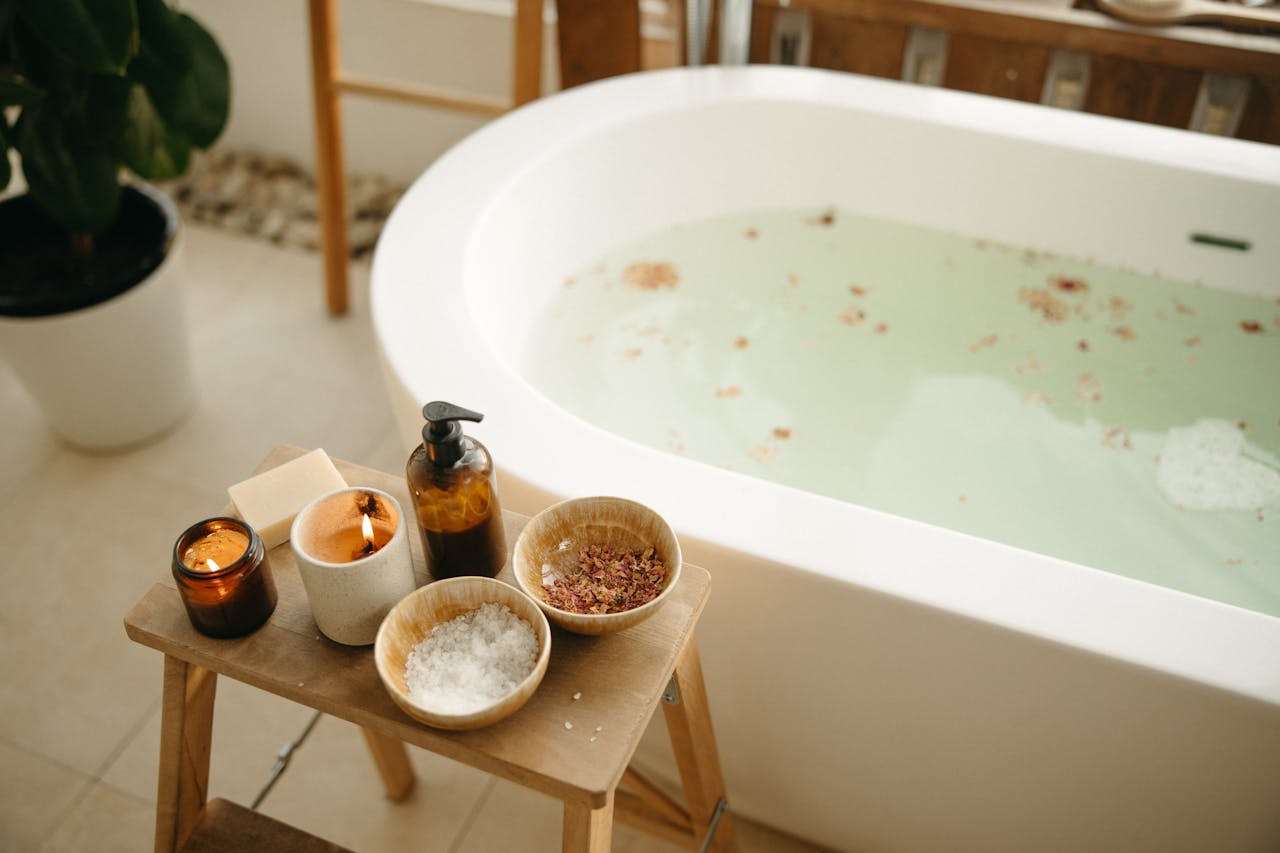
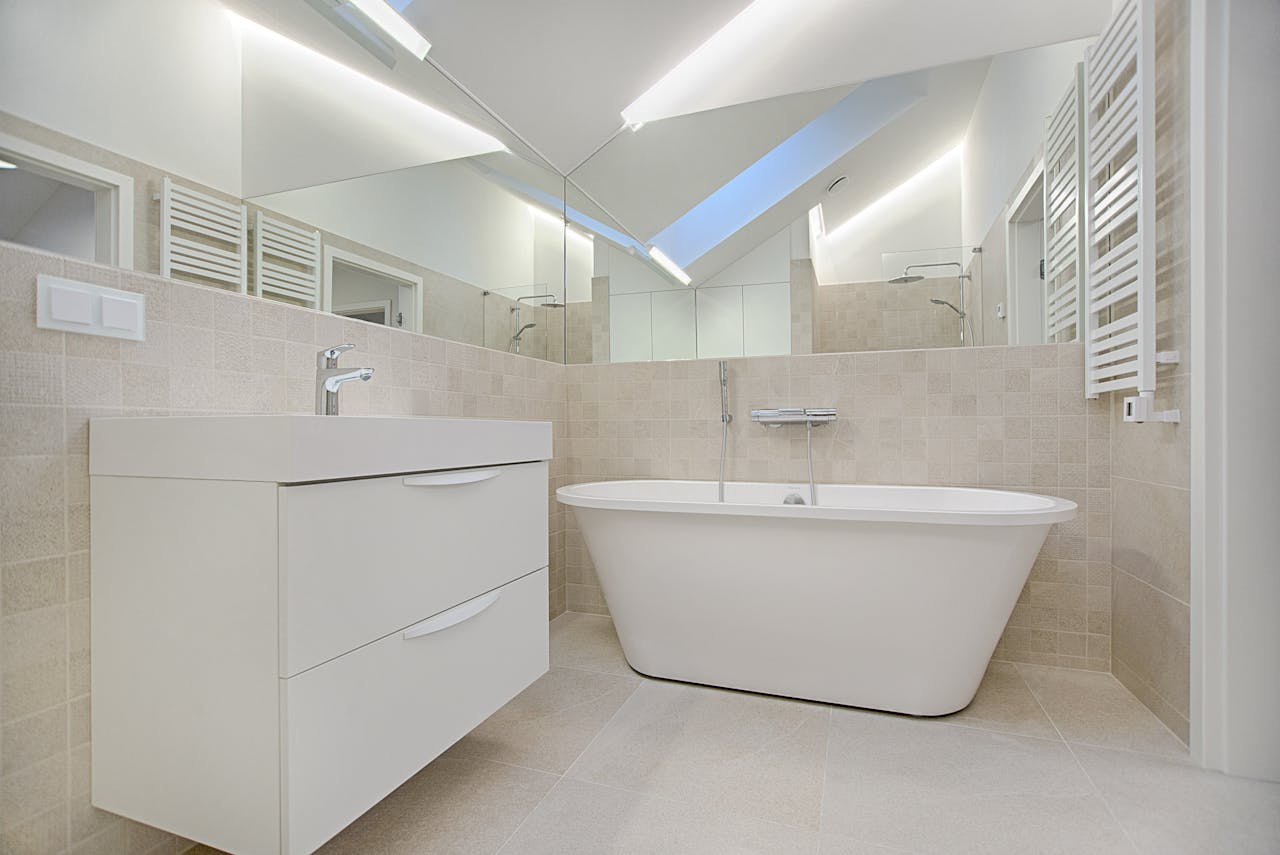





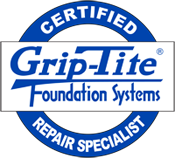

 based on
based on 

